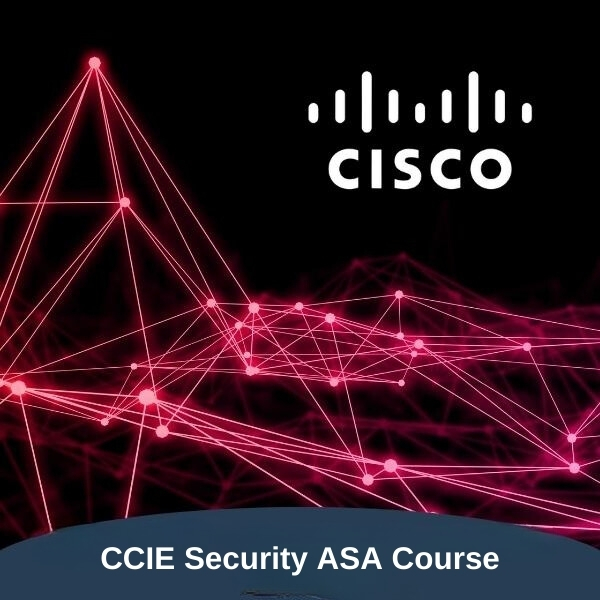How to Troubleshoot Common Cisco ASA Issues in CCIE Security Training
July 26, 2024
11 min read
Mike Schule
Related Courses
Enhance your knowledge with these recommended courses

Cisco CCIE Security v6.1 ASA Firewall All-in-One Course
Covering everything needed in CCIE Security v6.1 exam for ASA Firewalls
$59
View CourseBecome an Instructor
Share your knowledge and expertise. Join our community of instructors and help others learn.
Apply Now
About the Author
Mike Schule
Hi I'm Mike, I've been working for 7 years as a Network Engineer. I'm trying to reach readers who interested in this industry through my blogs.
Share this Article
Subscribe for Exclusive Deals & Promotions
Stay informed about special discounts, limited-time offers, and promotional campaigns. Be the first to know when we launch new deals!